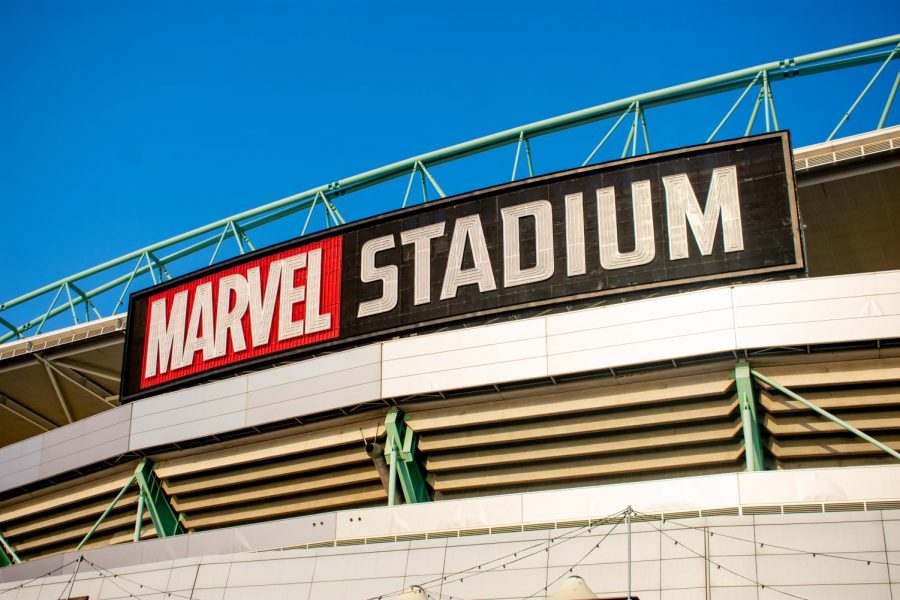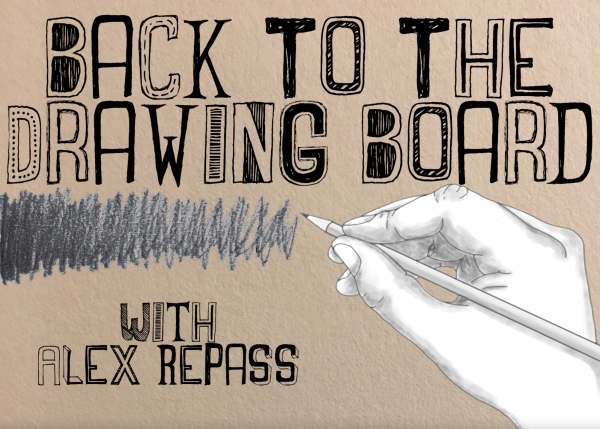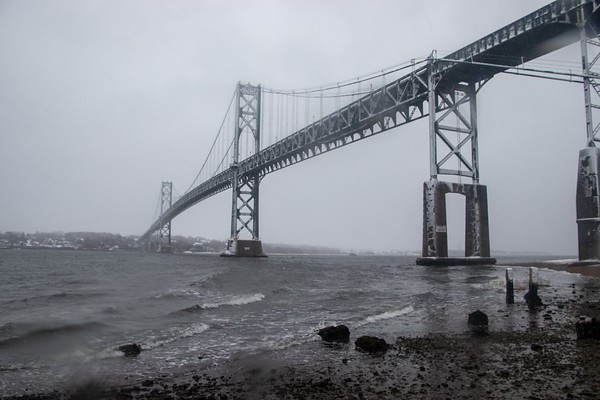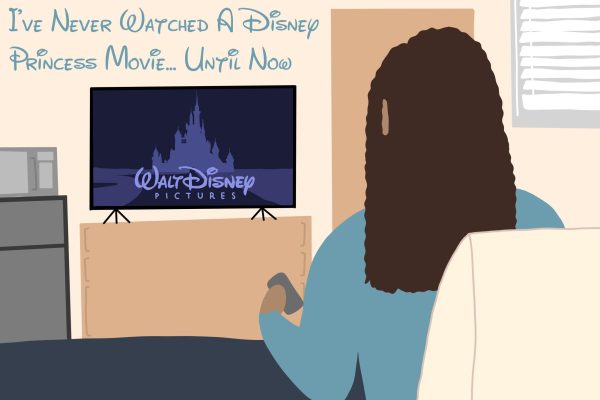Why the next 10 years of Marvel will be even bigger than the first 10
Marvel Stadium in Melborune Australia, an example of how huge the Marvel franchise has become
Nearly two years ago, the highly acclaimed “Avengers: Endgame” was released in theaters and after just a few months, it became the highest-grossing film of all time at almost $2.8 billion (though a recent re-release of James Cameron’s Avatar has broken this record even further).
To many, this achievement was well-deserved as the film served as the culmination of 11 years of interconnected storytelling across multiple franchises. Soon after Endgame’s release, fans were eager to hear what was next for Marvel Studios and later that summer at San Diego Comic-Con and the D23 Expo, the next phase of the Marvel Cinematic Universe (MCU) was revealed.
The biggest aspect of this new slate was that the studio would be releasing TV shows exclusive to the Disney+ streaming service to serve as additional content between film releases, although the planned film slate was pushed back after COVID-19 closed theaters and halted productions.
At the time of writing this article, the next 10 years of Marvel Studios is well underway and headed to great success. Two of the Disney+ shows have already premiered: “WandaVision” and “Falcon and the Winter Soldier.” The former was a drastic change in tone from the typical MCU project as the whole gimmick of “WandaVision” was that it parodied sitcom styles from various decades and focused on the trauma and grief of the character, Wanda Maximoff. On the other hand, while FATWS stylistically is mostly derivative of other MCU titles, it tackled some serious real-world issues such as PTSD and racial disparity in the United States.
Diversity will be a big aspect of the MCU’s future identity with a number of the planned projects to be led by people of various backgrounds, including “Black Widow,” “She-hulk,” “Captain Marvel 2” and “Ms. Marvel.” “Ms. Marvel” is not only female-led but is also about the character of Kamala Khan, a Pakistani-American who is also part of the Islamic faith. Another series coming from Marvel will be “Ironheart,” which is about a black inventor, Riri Williams, who develops an iron-man-esque suit of armor. The upcoming 2021 film “Shang-Chi and the Legend of the Ten Rings” will also showcase the first major Asian hero in the MCU.
Aside from the real-world impacts that the future MCU may have, the next 10 years will be even weirder than the first by focusing on the stranger side of comic books. The Doctor Strange sequel will explore the multiverse while “Eternals” will focus on a group of ancient aliens that come out of hiding following the events of Endgame. A reboot of the character Blade, a vampire hunter, is in the works and will star Mahershala Ali in the title role. “Fantastic Four” will also be getting a reboot, which fans have been anticipating since the acquisition of 20th Century Fox by Disney.
I think these future projects will be some of the most exciting that Marvel Studios will release. Not only do these projects focus on what used to be side and supporting characters, but they will also promote a wide array of diversity and representation in visual media.
Exploring and embracing the weirder side of comic books will work really well and add to more interesting storytelling to keep the franchise engaging. While some may consider it a sin to suggest that an MCU without Chris Evans or Robert Downey Jr. will be half as exciting, I think this next era of Marvel movies will give long-time audiences more stories to follow, younger generations a new lineup of heroes to look up to and allow the audience to relate through real-world issues and representation.

Sam Elwell is the Managing Editor for The Hawks' Herald who has also served as the Opinions Editor (2021-2022) as well as a staff writer (2020...






